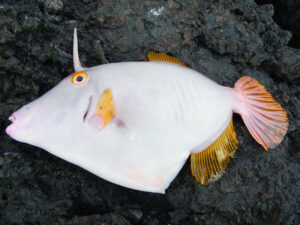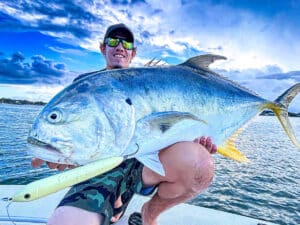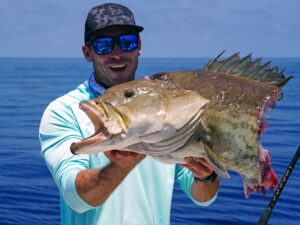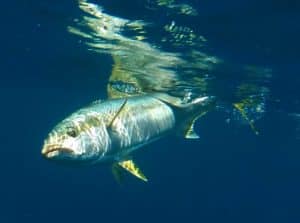In each issue of Sport Fishing magazine, a panel of five international expert ichthyologists identifies unusual and often amazing fishes in photos submitted by readers. Find out what they are and learn fascinating facts about them.
Sea Snake
QUESTION:
I caught this long, black fish while hand-lining the 1,000-fathom line at night outside Kailua-Kona, Hawaii, on the Big Island. This is the second one I have caught. What type of fish is it?
Ty Sponchia
Via e-mail
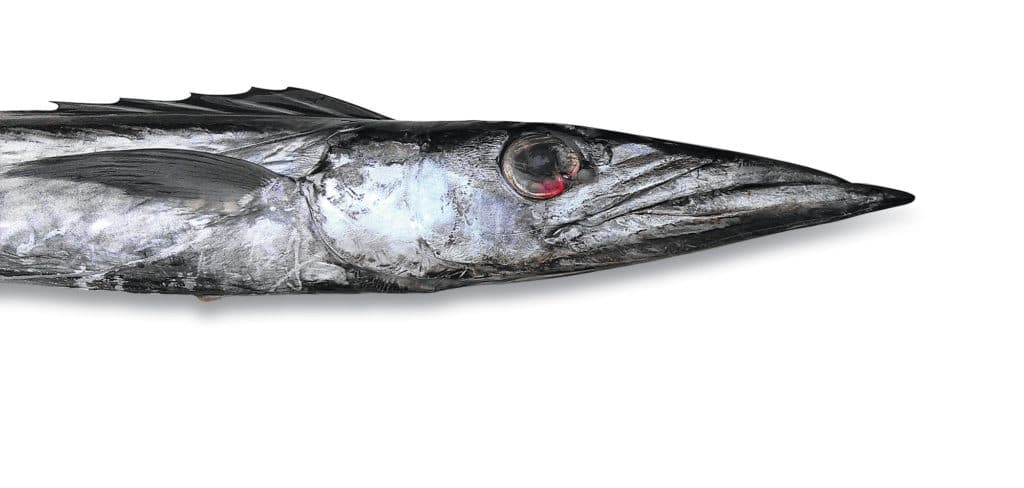
ANSWER:
Ty, that’s a snake mackerel, Gempylus serpens (family Gempylidae), and from your photo, you can understand the name. Compared with the tuna in the inset, it’s easy to see how relatively long and thin this species is — snakelike for sure. Snake mackerel occur worldwide in all tropical and subtropical oceans. They’re a mesopelagic (midwater) species, found at depths of up to 2,000 feet but typically encountered at around 600 feet during the day. At night, adult snake mackerel grow more active and are known to migrate right up to the ocean surface. They grow to at least 3 feet long and, as their sharp teeth (not visible here) suggest, are highly predatory, feeding mainly on smaller fishes such as lanternfishes, sauries and, when near the surface, even flying fishes. Also found in snake mackerel stomachs are squid and crustaceans. They spawn year-round in tropical waters, with size at maturity being around 20 inches for females (which produce more than 1 million eggs at spawning), and 18 inches for males.
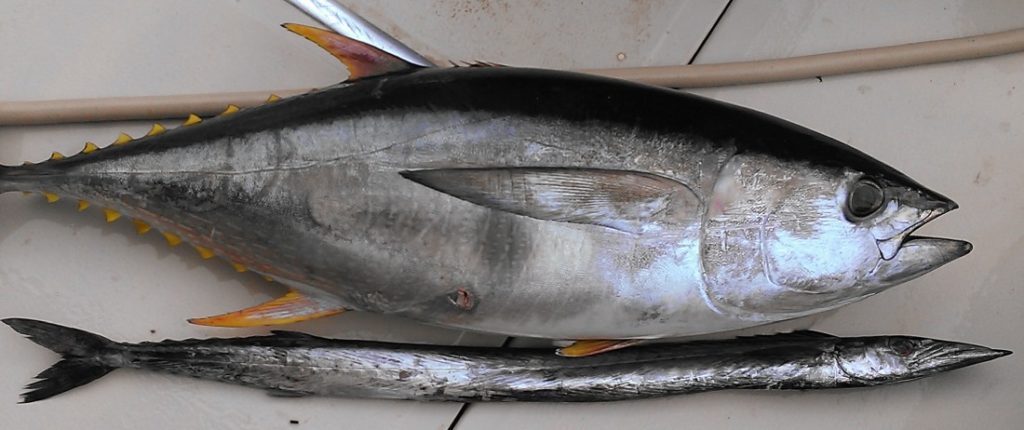
Snake mackerel are closely related to escolar (Lepidocybium flavobrunneum) and oilfish (Ruvettus pretiosus). These larger and more-robust-bodied members of Gempylidae have oily flesh known to have “purgative properties” if too much is eaten at once.
—Ben Diggles
Elegant Solution
QUESTION:
While fishing with a friend over the weekend, we caught this 10-inch fish in about 600 feet of water on cut bait, right on the bottom. I have never seen it before. What is it, and could we have eaten it?
Len Nakano
Kona, Hawaii
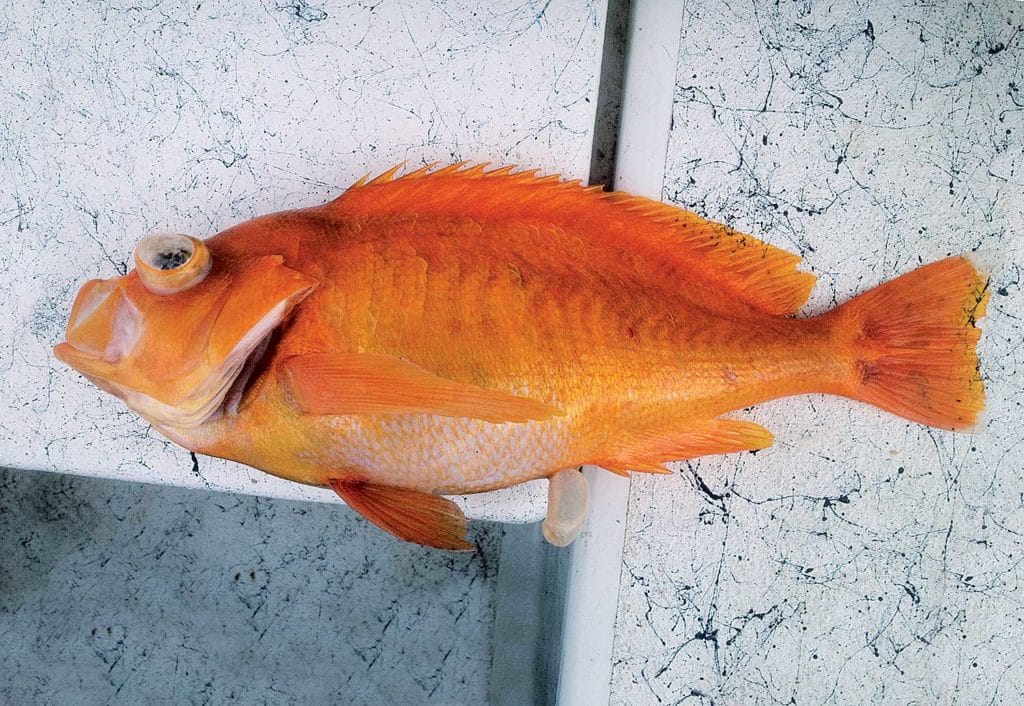
ANSWER:
What you have there is an elegant anthias, Caprodon unicolor. This species is one of the largest members of the subfamily Anthiadinae (basslets), within the family Serranidae (groupers). This anthias occurs in the central Pacific, around the Hawaiian Islands and north to Midway Atoll, living near coral and rocky reefs on sandy or hard bottom, usually at depths between 150 and 700 feet. They grow to around 15 inches long and are considered to be quite a good food fish. While males of this species can exhibit a more colorful pink hue with vertical red bars and numerous mottled yellow blotches on the flanks, the uniform red-orange color of this one suggests it’s a female. Scientists once considered the elegant anthias synonymous with the sunrise perch (Caprodon schlegelii) that occurs around the reefs south of Japan, but they have recently been separated based on genetic data as well as the fact that female C. schlegelii have an uninterrupted white color to the entire rear margin of the tail fin, while for C. unicolor, the white areas occur only on the tips of the tail. Members of the genus Caprodon feed mainly on zooplankton but have been known to occasionally take small baits. (Thanks to Jeff Johnson, from the Queensland Museum, for helping to confirm the identity of this fish.)
—Ben Diggles
Spot-On ID
QUESTION:
We caught this fish during Thanksgiving weekend some years ago while bottomfishing a mile or two off Shackleford Banks, North Carolina, in about 40 feet of water. As you can see, it hit a speck rig baited with a small piece of Gulp! shrimp. It seemed to be keeping company with small croakers, speckled trout and the occasional whiting. The fish was about 9 to 10 inches in length and quite eel-like in appearance. The closest thing I can find in my limited supply of fish-identification books is the ocean pout, but the illustration of that fish doesn’t include the line of lateral spots or the small first dorsal fin (which was quite obvious in real life, albeit less so in the photo). Can you identify the fish and tell me something about the species?
Kemper Loyd
Spottswood, Virginia
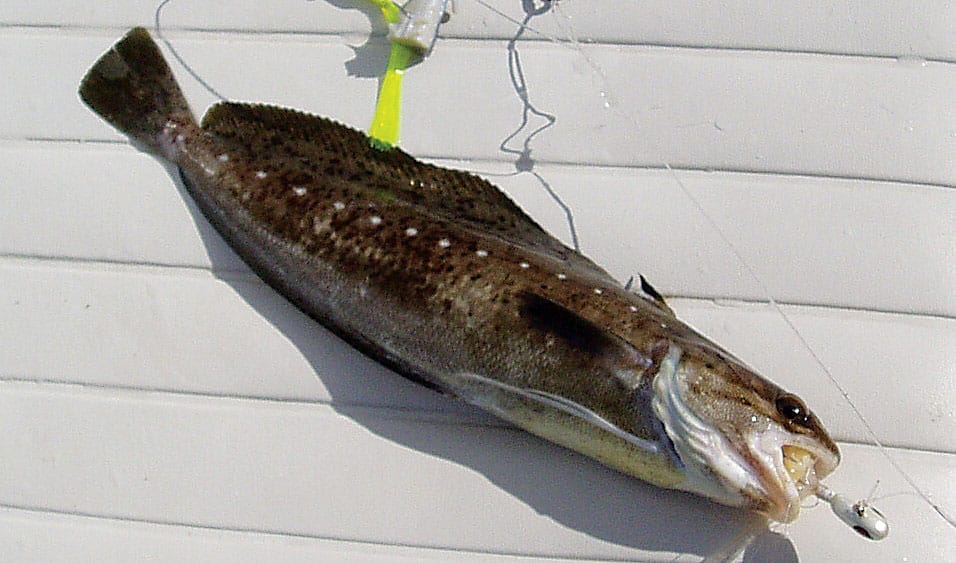
ANSWER:
Your catch appears to have a black-and-white first dorsal fin, Kemper. Based on this characteristic, I believe you caught a spotted hake, Urophycis regia, rather than the decidedly similar southern hake, U. floridana. Both of these species have white spots along their lateral lines and two dark lines on each side of their heads. The spotted hake has been reported from Canada to Florida, including the Gulf of Mexico, from the shoreline to at least 1,500 feet of water; it’s most common from southern New England to northeast Florida. Ken Neill, an IGFA representative from Virginia, notes that spotted hake is an unusual catch in his region, where anglers hook other species of hake. However, he reports that some spotted hake have been caught inside Chesapeake Bay. Although the spotted hake reaches a maximum length of only around 18 inches and is commonly much smaller, it demands a high price in fish markets. Hakes are closely related to cod, which are also excellent table fare.
—Ray Waldner
Panama Gold
QUESTION:
While in the San Blas Islands off Panama’s Atlantic coast, I caught bunches of these from a shallow lagoon in a cast net. They appear to be some sort of sardine, but I’m not sure, particularly with that gold pattern. Help!
Jason Arnold
Fort Lauderdale, Florida
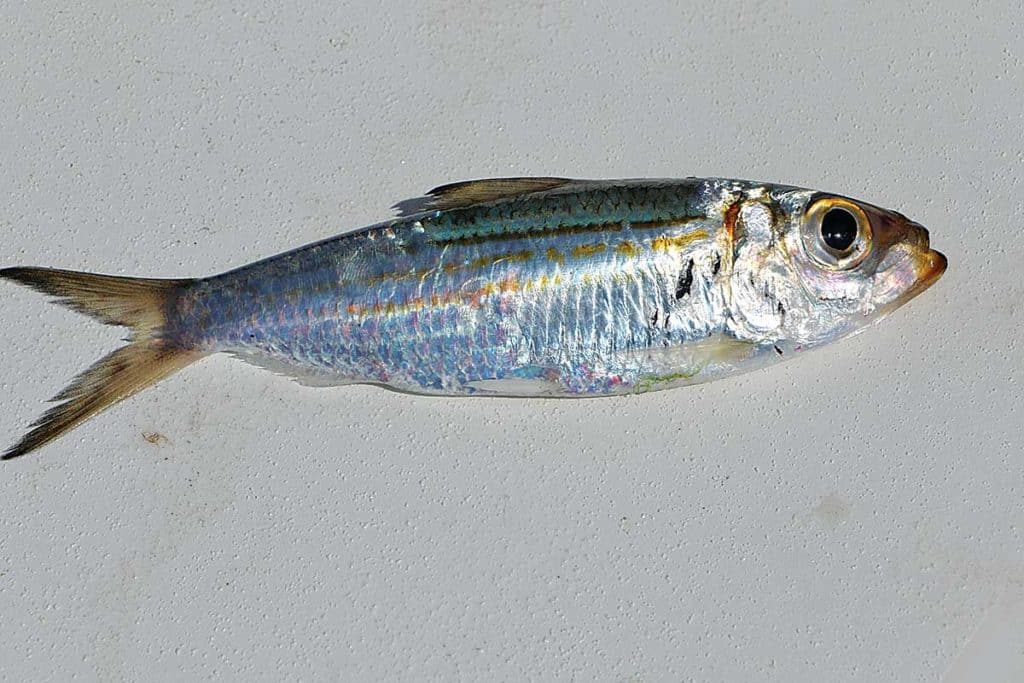
ANSWER:
Your fish is a member of the genus Sardinella, but I can’t tell from the photo whether it’s a Brazilian sardine, S. brasiliensis (sometimes identified as S. janeiro), or a Spanish sardine, S. aurita — if, in fact, these are two distinct species, which some ichthyologists question. There is genetic evidence that they represent geographic varieties of a single species that overlap in their ranges rather than two distinct species, although most references still treat them as separate species. Together, these fishes range from Cape Cod to Argentina, with the Brazilian sardine becoming more common toward the southern end of the range and possibly not ranging north of Florida. They are often used as baitfish; Spanish sardines are available frozen at many tackle shops, and are a staple bait on drift boats in Florida. They are also often netted and canned (especially in Venezuela) or sold fresh as food. Both species grow to a maximum length of around 10 to 12 inches.
—Ray Waldner
Read Next: Strange Fishes From the Deep — Hookthroat Bass and More
Sport Fishing‘s Prestigious International Panel of Experts
Northeast
Mike Fahay, Sandy Hook Marine Lab, New Jersey
Southeast
Ray Waldner, Ph.D., Palm Beach Atlantic University, Florida
Gulf of Mexico
Bob Shipp, Ph.D., University of South Alabama
West Coast
Milton Love, Ph.D., UCSB, California
Far Pacific
Ben Diggles, Ph.D., Queensland, Australia
Bluewater Pelagics
John Graves, Ph.D., Virginia Institute of Marine Science
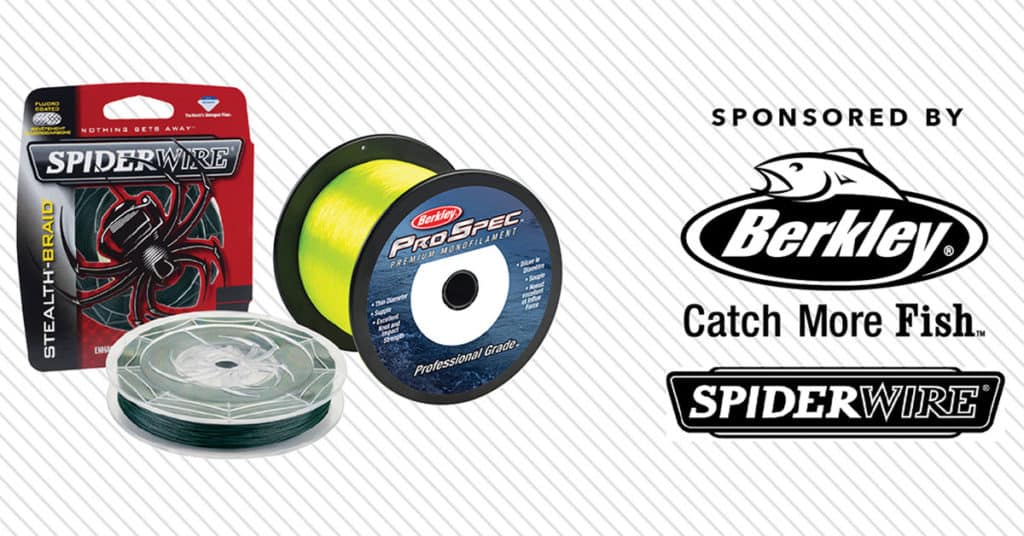
CHALLENGE OUR EXPERTS (And Win Up to 10,800 Yards of Line!)
Send in your question and any relevant photos of your mysterious catch or observation for our experts’ ID and feedback. If we publish your question and you have a shipping address within the United States or Canada, you’ll win a 3‑pound spool of Berkley Pro Spec ocean-blue or fluorescent-yellow monofilament (1,000 to 10,800 yards, depending on line strength) or a 1,500‑yard spool of Spiderwire Stealth braid up to 100‑pound‑test! Send questions and images via email to fishfacts@sportfishing.com (include your hometown) or via post to Sport Fishing Fish Facts, 460 N. Orlando Ave., Suite 200, Winter Park, FL 32789.

